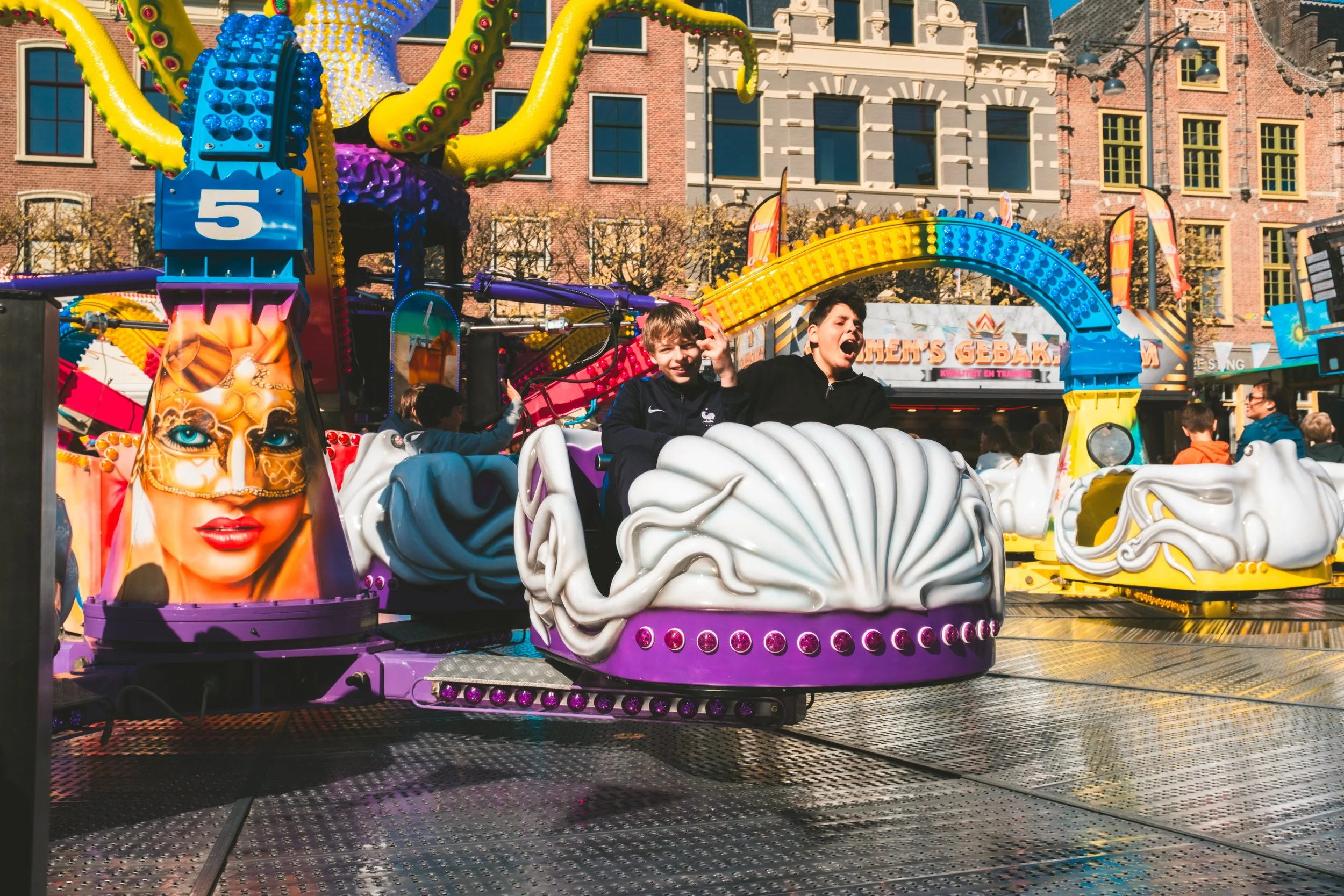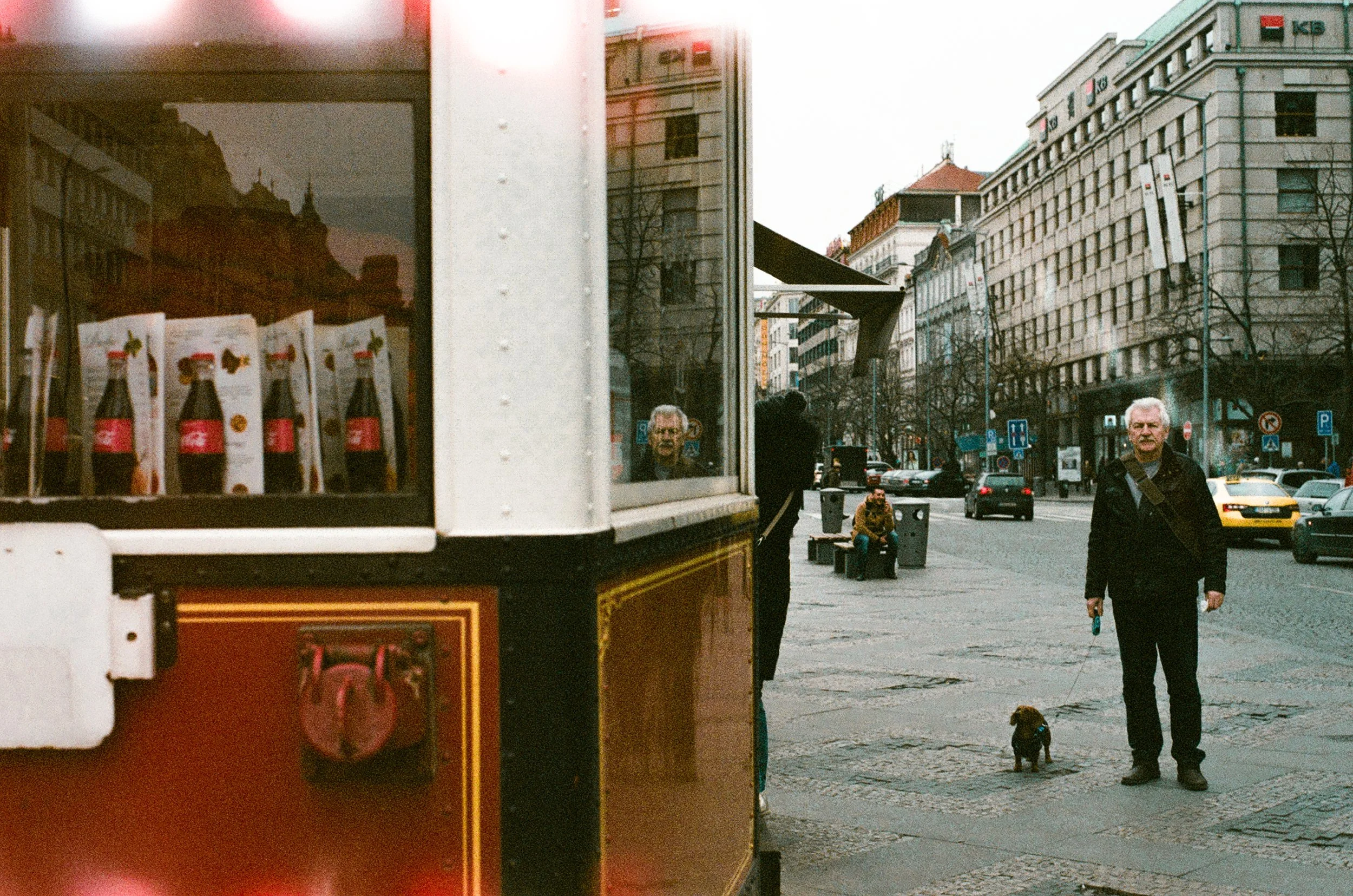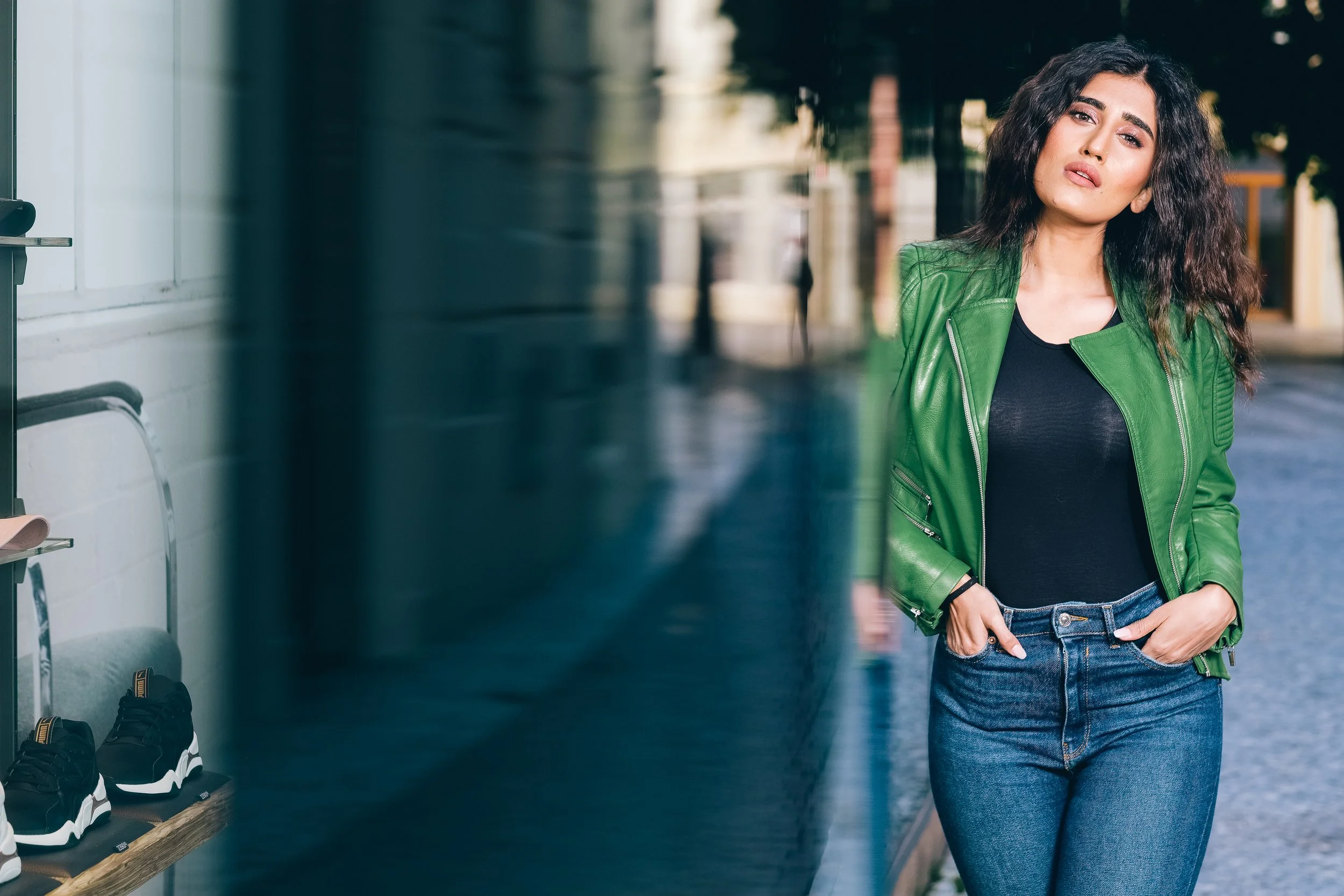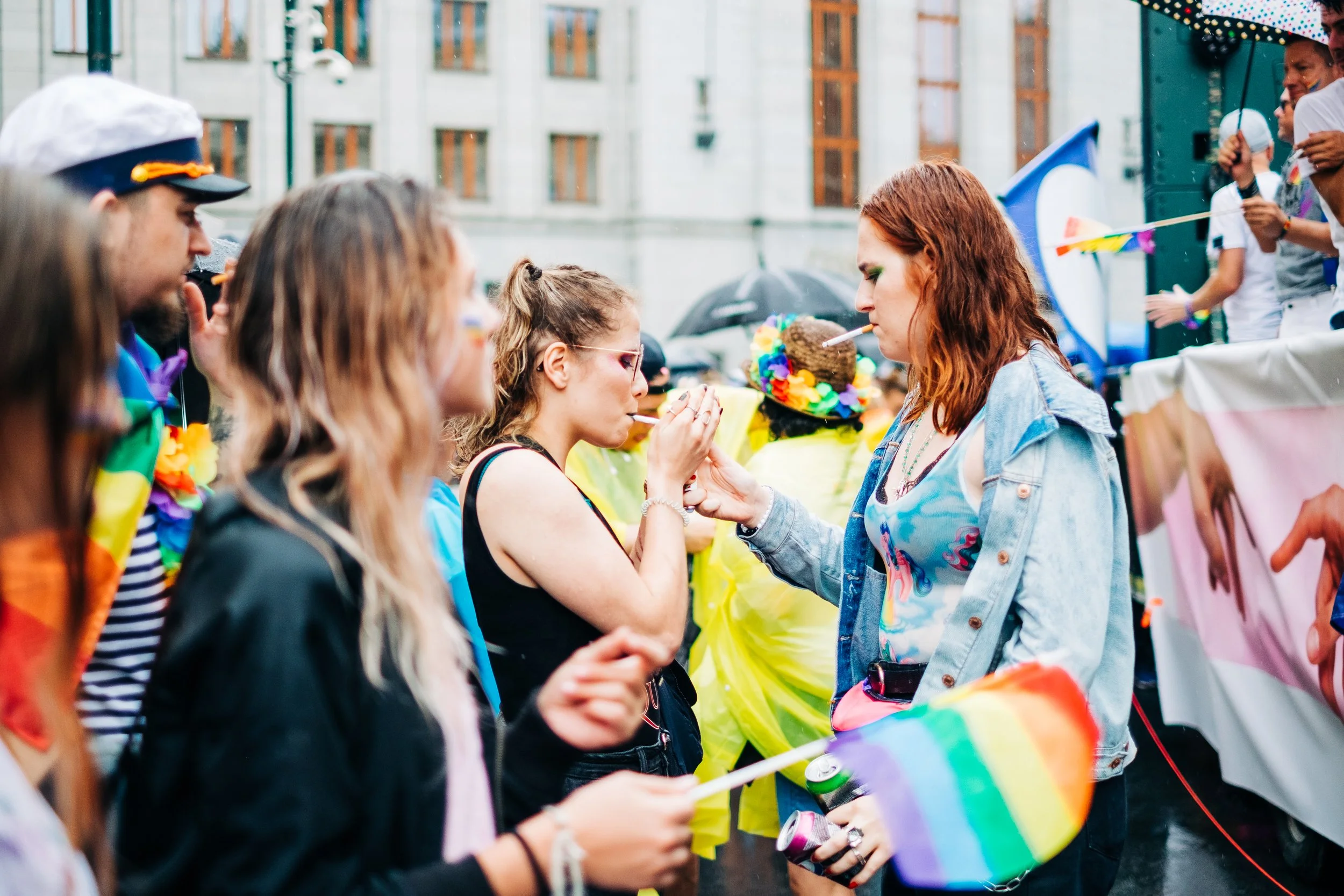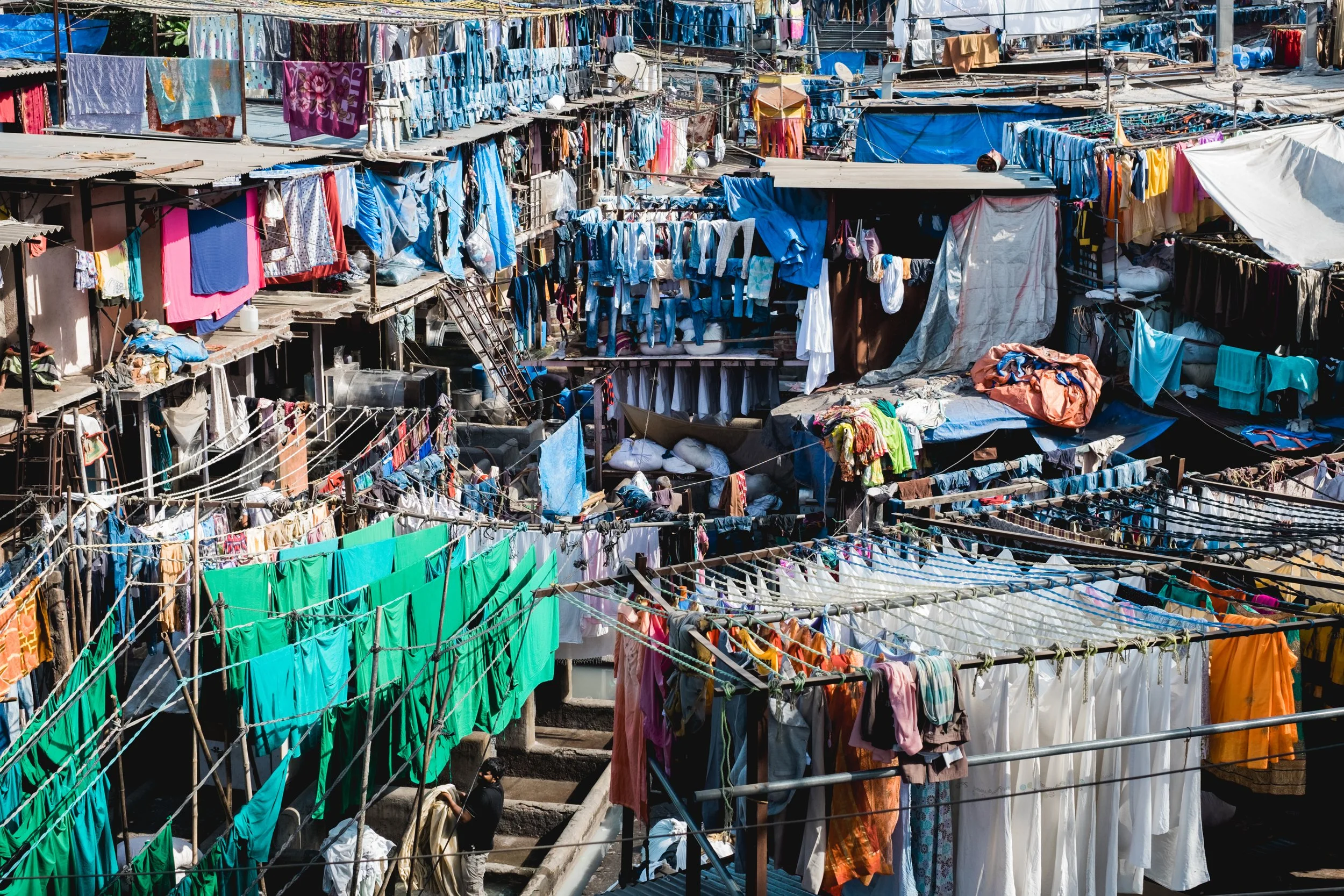If you’ve ever found yourself wondering what kind of photographer you are, you’re not alone. Most people don’t arrive with a clear genre in mind—they discover it slowly, often by accident. This lesson is an invitation to look around. To wander through the landscape of photography and see what feels interesting, unfamiliar, or worth trying. Even if you already think you know your niche, exploring others can sharpen your eye and stretch your creative habits.
Genres in photography are not fixed categories. They’re loose containers built around subject matter, intention, and approach. Sometimes you’ll find yourself squarely in one. Other times, you’ll borrow from several at once. The point isn’t to label yourself, but to use genre as a lens for seeing your work in context.
Here are a few of the most widely practiced genres, along with photographers whose work helped define them. Spend some time looking through their images. Pay attention to what you respond to and what leaves you cold.
Street Photography
Street photography is rooted in curiosity and presence. It’s about noticing small, unscripted moments in public space. This genre often thrives on imperfection. A good street photo might include a blur, a crooked horizon, or a person mid-step—but it captures something honest, fleeting, or strange.
It asks you to pay attention: to gesture, to light hitting a wall, to expressions that last a half-second. It rewards patience and quick thinking. Street photography often overlaps with documentary and sometimes even fine art, depending on the photographer’s intent.
Photographers to look up:
Henri Cartier-Bresson (Magnum)
Cartier-Bresson worked quietly and deliberately, photographing life as it unfolded in front of him. He used a small Leica camera and preferred to stay unnoticed while he worked. His photographs are often described as precise and calm, even when the scenes are full of motion. He helped establish street photography as a serious form of visual storytelling.
Vivian Maier (Official site)
Vivian Maier took hundreds of thousands of photos while working as a nanny. No one saw her work until after her death, but what emerged was a sensitive and thoughtful view of city life in the mid-1900s. She had a sharp eye for gestures and moments of connection, often finding warmth in ordinary scenes.
Women Street Photographers (Official site)
Women Street Photographers is an online and in-person community celebrating and amplifying the voices of women-identifying street photographers. Their members include contemporarty photographers from across the world.
Portraiture
At its best, portraiture is a conversation. It’s less about the technical setup and more about what you can draw out of your subject. A portrait doesn’t have to show the whole face. It doesn’t even have to include eye contact. But it should say something—about the person, the relationship, or the moment.
There are many sub-genres of portraiture: editorial, environmental, studio, candid. Each carries a different feel. What they share is the challenge of capturing people in a way that feels alive.
Photographers to look up:
Richard Avedon (Avedon Foundation)
Avedon photographed both celebrities and unknown workers with the same stripped-back style. He often used plain backgrounds and let gesture do the talking. His portraits are direct and still, but never cold. His series on American laborers in the West showed that portraiture could be both formal and deeply emotional.
Diane Arbus (Wikipedia)
Arbus photographed people who weren’t often seen in magazines or galleries—those living outside what’s considered typical. She met her subjects with honesty and didn’t try to smooth anything over. Her work raises questions about difference, normalcy, and what it means to look at someone closely.
LaToya Ruby Frazier (Official site)
Frazier uses photography to tell stories about family, illness, and systemic inequality. She often appears in her own work alongside her mother and grandmother. Her portraits are personal but never self-indulgent. They show how people live through economic and environmental hardship with resilience.
Documentary/Photojournalism
Documentary work tells real stories over time. It’s rooted in observation, often with minimal interference. Photojournalism captures breaking news. Longform documentary work follows a subject for months or even years. What both have in common is a commitment to truth-telling and to human experience.
This genre raises questions about ethics and representation. Who gets to tell which stories? How do you build trust with your subjects? A strong documentary image is not just informational—it’s emotional, respectful, and powerful.
Photographers to look up:
Sebastião Salgado (Wikipedia)
Salgado is known for long-term photo projects on workers, refugees, and the climate. His photos are detailed and carefully composed, often taken under harsh conditions. He often spends years with the people he photographs. His work is sometimes seen as beautiful and tragic at once.
Mary Ellen Mark (Official site)
Mark built long relationships with the people she photographed. She spent time in institutions, on the streets, and in traveling circuses, always working with care. Her work gives a sense of trust between photographer and subject. She often returned to the same people over decades.
Nina Berman (Official site)
Berman documents the effects of war, politics, and trauma in American life. Her work looks at what happens after the headlines fade. She has photographed veterans, protestors, and survivors of violence. Her photos are clear, often quiet, and focus on long-term impact.
Landscape
Landscape photography is not just about going somewhere beautiful. It’s about what you do when you get there. Great landscape work often starts with waiting—waiting for the right light, the right cloud, the right stillness. It requires attention to detail and often a strong understanding of exposure and dynamic range.
Landscapes can be vast or minimal, colorful or austere. They can be about nature, human impact, or something in between. And though it’s one of the most accessible genres to try, it’s also easy to do without intention. The challenge is to make the familiar feel specific.
Photographers to look up:
Ansel Adams (Official site)
Adams photographed the American West with a large format camera and a deep technical understanding of exposure and printing. He helped preserve national parks by showing their beauty in sharp detail. His work is clean and monumental. He often returned to the same spots year after year.
Edward Burtynsky (Official site)
Burtynsky photographs large-scale industrial sites—mines, quarries, shipbreaking yards, oil fields—and turns them into complex, often unsettling landscapes. His images are highly detailed and carefully composed, showing the scale of human impact on the environment without using shock or sentimentality. He often works from aerial viewpoints to show patterns, scars, and transformations across the land. His work asks viewers to think about progress, consumption, and consequence.
Nadav Kander (Official site)
Kander photographs rivers, coastlines, and cities affected by industrial change. His landscapes are muted and sparse. They often include human figures, but at a distance. The result is a feeling of quiet tension between people and their environment.
Fashion
Fashion photography is where photography meets performance. It’s about storytelling through clothing, styling, mood, and gesture. It often requires collaboration—models, stylists, designers, assistants—and careful control of the set and lighting.
While it can be commercial, it’s also often conceptual. The best fashion photographers create entire worlds in a frame. Even if you never plan to shoot fashion professionally, studying the genre can help you think about styling, color, and visual storytelling in new ways.
Photographers to look up:
Annie Leibovitz (Wikipedia)
Leibovitz blends portraiture and fashion in a way that’s bold, theatrical, and often narrative. She started at Rolling Stone and later became known for elaborate editorial shoots with celebrities and public figures. Her style is dramatic, but grounded in storytelling. She often builds entire scenes around her subjects, turning fashion shoots into full visual productions.
Peter Lindbergh (Wikipedia)
Lindbergh preferred natural light, minimal makeup, and honest expressions. He often photographed models outdoors or in industrial settings. His work helped move fashion away from glamour and toward realism. He treated his subjects as people first, not mannequins.
Sarah Moon (Wikipedia)
Moon creates fashion photos that look like stills from old dreams. Her images are soft, grainy, and often a little blurred. She often works with muted color or black and white. Her work is less about showing clothes and more about creating a mood.
Still Life
Still life photography teaches control and precision. You’re in charge of everything—placement, light, framing, balance. It can be incredibly meditative, especially if you’re used to working fast or in chaotic settings.
Still life isn’t just for product photography. It can also be poetic, surreal, or deeply personal. A single object, thoughtfully lit and composed, can hold just as much feeling as a portrait. It’s also a great way to practice without needing access to models or travel.
Photographers to look up:
Laura Letinsky (Official site)
Letinsky photographs what’s left behind—a half-eaten meal, a crumpled napkin, a shadow on a table. Her compositions look casual but are carefully arranged. She plays with emptiness and balance. Her still lifes feel like they’re about time as much as about objects.
Sharon Core (Official site)
Core recreates historical still life paintings using real food and modern tools. Her photos are about illusion, skill, and how we see authenticity. The setups are precise but never too polished. Her work asks what it means to make something “real.”
Jan Groover (Wikipedia)
Groover made still life images of kitchen tools, pipes, and other metal objects. She arranged them with a sense of geometry and rhythm. Her use of color and shape was painterly. She often used large format cameras to emphasize surface and structure.
Fine Art
Fine art photography tends to ask questions more than it answers them. It’s often idea-driven rather than subject-driven. The goal isn’t always to show the world as it is, but to express a perspective or emotion.
This genre is broad. It includes staged scenes, abstract imagery, manipulated prints, or quiet studies of ordinary moments. What connects it all is a strong point of view and a desire to communicate something beyond the literal.
Photographers to look up:
Cindy Sherman (Wikipedia)
Sherman uses herself as the subject but takes on roles—actress, housewife, clown, socialite. Each image is a costume and a question. Her work isn’t about autobiography but about how people are seen. She photographs identity as something performed.
Hiroshi Sugimoto (Official site)
Sugimoto’s images are minimal and patient. In his theater series, the screen glows white from a long exposure that lasted the entire film. His seascapes are calm and identical in structure, changing only with time and light. He works slowly and with deep control.
Sally Mann (Official site)
Mann’s black-and-white images of her children, landscapes, and Southern burial sites are tactile and intense. She uses antique cameras and processes that give the work a physical feel. Her photos are about memory, place, and how people live with death.
Experimental/Alternative Process
This genre includes anything that breaks the expected rules of photography. It might involve old processes like cyanotype or wet plate collodion, or new methods like digital manipulation, glitch techniques, or physical intervention with negatives and prints.
This is a space for risk and play. You don’t need a reason to experiment beyond curiosity. Sometimes, breaking your own habits is the best way to move forward.
Photographers to look up:
Man Ray (Wikipedia)
Man Ray made photograms by placing objects directly on light-sensitive paper and exposing them. He was part of the Dada and Surrealist movements. His work isn’t always “about” something. It often plays with form, light, and invention for their own sake.
Susan Derges (Official site)
Derges skips the camera altogether, using rivers, moonlight, and sound to make images. She places photographic paper in natural environments and lets the world expose it. Her work feels like science and art meeting in the dark. It’s rooted in process and observation.
Binh Danh (Official site)
Danh uses chlorophyll printing, a process where photographic images are embedded directly onto leaves using sunlight. His work explores memory, war, and identity, often drawing from his experience as a Vietnamese-American. He also works with daguerreotypes and other early photographic techniques. His images feel both archival and alive, connecting personal and collective history through unusual materials.
Wildlife
Wildlife photography is about patience, timing, and understanding animal behavior. It often requires long hours, quiet observation, and respect for natural rhythms. Good wildlife photography doesn’t just document a species—it gives a sense of place, relationship, and story. Whether you’re tracking foxes in a forest or photographing birds at a backyard feeder, this genre asks you to slow down and work on the animal’s terms.
Wildlife images can range from intimate portraits to wide shots showing animals in their habitat. It’s not about having the longest lens or the rarest animal—it’s about learning to watch, anticipate, and photograph without disrupting.
Photographers to look up:
Beverly Joubert (Official site)
Beverly Joubert, along with her partner Dereck, has spent decades documenting wildlife in Africa. Her work focuses on big cats and endangered species, with a strong conservation message. Her images are vivid, emotional, and grounded in long-term field work.
Thomas Mandelsen (Official site)
Mangelsen’s work spans decades and covers wildlife across North America. He often waits for weeks to get the right frame and is known for his deep knowledge of animal patterns. His images are technically strong and emotionally resonant.
Nick Brandt (Official site)
Brandt photographs animals in East Africa using a fine art approach. His portraits are quiet and often monumental, treating animals with the same gravity usually reserved for human subjects. His black-and-white images have a still, timeless quality and often reference loss and fragility.
Architecture
Architecture photography is about more than showing what a building looks like. It’s about how space is organized, how light interacts with surfaces, and how structure shapes experience. This genre often leans on clarity, symmetry, and technical control—but it doesn’t have to be clinical. Some photographers focus on clean lines and order. Others lean into abstraction, distortion, or atmosphere.
You don’t need to photograph famous landmarks to learn from this genre. Work with what’s around you. Look at how a stairwell curves, how morning light hits an apartment block, or how reflections distort in windows. Architecture is everywhere—good photography just helps us see it.
Photographers to look up:
Ezra Stoller (Official site)
Stoller helped shape the image of American modernism. He photographed architecture with clarity and precision, making even empty buildings feel active. His work includes some of the most iconic photos of mid-century structures like the Seagram Building and Fallingwater. Architects trusted him to translate their vision into still images.
Hélène Binet (Official site)
Binet’s photos are quiet and meditative. She often shoots in black and white, using natural light to draw out structure and surface. She’s photographed work by some of the most influential architects in the world, but her images stand on their own. They feel like drawings made with light.
Julius Shulman (Wikipedia)
Shulman brought glamour and storytelling to modernist architecture. His best-known images show homes perched above Los Angeles, with dramatic lighting and impeccable composition. He often included people in his shots to show how spaces were used. His work helped sell the modernist dream.

